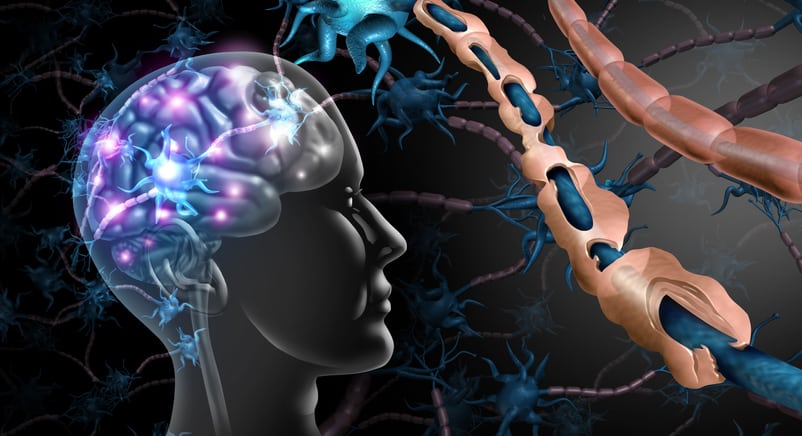For a study, it was determined that sex chromosome aneuploidies (SCAs) were a previously common family of genetic disorders linked to neuropsychiatric and cognitive impairment. SCAs were not only significant medical conditions in and of themselves, but they also provided a unique naturally occurring model for studying X- and Y-chromosome influences on the human brain. However, it was unsure if (i) distinct SCAs were linked to different types of psychopathology and (ii) the significant intraindividual variation in mental illness was connected with co-occurring cognitive ability differences. In addition, the researchers examined 11 psychopathology dimensions, Child/Adult Behavior Checklist (CBCL) as well as general cognitive ability, full-scale IQ (FSIQ) in 110 young individuals with differing SCAs (XXY=41, XYY=22, XXX=27, XXYY=20) and 131 usually developing controls (XX = 59, XY= 72). Across several dimensions of psychopathology, all SCAs were linked to higher CBCL scores (two-sample t-tests comparing the euploidy and aneuploidy groups [all T> 9, and p<0.001]). The carriage of a supernumerary Y-chromosome was associated with greater social and attentional difficulties. The XYY group, in particular, demonstrated significantly more social issues than the extra-X groups (Cohen’s d effect size>0.5, Bonferroni corrected p<.05). Within a given SCA group, there was considerable variation in CBCL scores, which was generally negatively related to IQ, but with the greatest impact on social and attentional issues (standardized β, – 0.3). The SCA and CBCL scales demonstrated minor variations as a result of the SCA group and CBCL scale. Domain-specific variation in psychopathology among SCA groups and domain-specific links between psychopathology and IQ were found within each group. The research presented here (i) aids in the development of diagnostic standards for this prevalent and important family of genetic diseases, and (ii) indicates that X- and Y-linked gene dosage anomalies create somewhat distinct neuropsychiatric risk profiles.
Link:jneurodevdisorders.biomedcentral.com/articles/10.1186/s11689-021-09407-9


